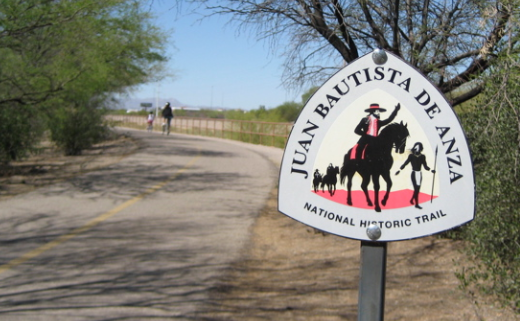The Bighorn Fire, which eventually grew to burn 120,000 acres, injured 7 and cost $37 million, started by lightning hitting Bighorn Mountain in a storm June 6th.
Read MoreIf Captain De Anza returned, what might be some changes he would ponder? The mission at San Xavier del Bac would certainly surprise. Until construction began in 1783, 13 years had passed since the original church built in 1700 was mostly destroyed in an Apache raid.
Read MoreIn 1925, the Rodeo Parade was founded to precede the Tucson Rodeo. The Parade Committee’s 150 wagons, buggies, buckboards, coaches and other horse-drawn devices from the era before steam and gas power reigned are housed in four buildings making up the Museum. One was built as the first municipal airport hangar in the United States.
Read MoreTangy-spicy adobo seasoning has a long history of use by Sonoran, other Latin and Caribbean cooks. It comes from the Old World practices of Spanish and Portuguese culinarians who pickled meats using vinegar and strong aromatic spices. Adobar preserves food and was used in days before refrigeration. Today, related seasonings give a unique regional flavor.
Read MoreMix met his own demise north of Tucson on a Saturday in October, the 12th. The year was 1940 and he was 60. Moving at a high rate of speed in his supercharged, canary yellow 1937 Cord, he drove into history that day. Still revered by Americans from many walks of life, Mix’s demise in the Sonoran Desert was cause for national mourning.
Read MoreMary Jane Elizabeth Colter created 700 pen and ink drawings of Mimbres pottery motifs in crafting what she christened "Mimbreno" china as used on the Santa Fe Super Chief. Today, reproductions made for the Grand Canyon National Park Service store, are produced at the H.F. Coors factory in Tucson which you can visit.
Read More





